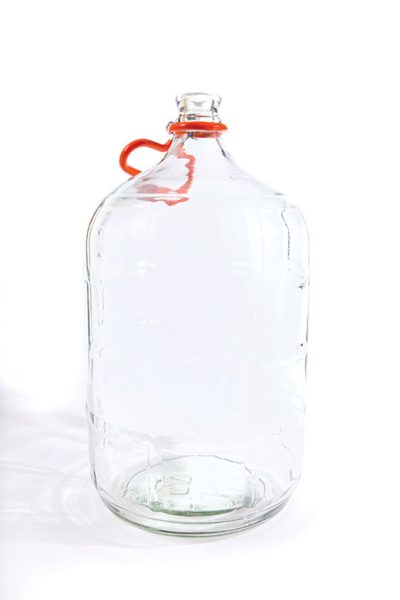
Bobby D’Angelo calls home brewing an “art form.” But it’s also a science. Screw up and you may brew up a batch that, to D’Angelo’s nose, has notes of “gym socks or blue cheese.”
D’Angelo, 22, takes his brewing seriously. The Bridgewater resident, who has experimented with concoctions involving everything from smoked sunflower seeds to frozen bananas, is now in the brewmaster and brewery operations management program at Niagara College in Ontario, Canada.
For most beer fans, home brewing does not require special training. Brewing a batch of beer takes about three to four weeks. It works best in a large, sanitary space with access to a burner (usually a kitchen). With a basic starter recipe, you’ll end up with about 5 gallons of the cold stuff. Special equipment is required, but that can easily be acquired from a growing number of local suppliers. Most sell an all-inclusive starter pack for $70 to $150. Starter kits include a 5- to 7-gallon fermenter (usually a plastic bucket, but a heavy, vase-like glass container called a carboy like the one to the left is preferred). You’ll also need bottling equipment (recycled, sanitized bottles work just fine, but make sure to use dark glass bottles and new caps) and a large cooking vessel, such as a lobster pot.
Modern beer is a mixture of malted (or sprouted) grain, water, hops, yeast and corn sugar (dextrose). The malted grain is soaked in hot water—around 154 to 158 degrees, according to Joe Fisher of Man Skirt Brewing in Hackettstown—creating the wort, the unfermented liquid that later becomes beer. The wort is boiled, and hops are added to the boiling wort at precise intervals—known as a hop schedule—depending on desired bitterness, flavor and aroma. Websites like beersmith.com help home brewers customize recipes and hop schedules.
Once the wort is removed from heat, things get tricky. Everything that comes into contact with the cooled wort, from equipment to ingredients, must be sanitized, or bacteria will infect the liquid. After the cool wort is transferred to the fermenter (either bucket or carboy), the yeast is added.
The mixture ferments in a cool, dark place for two to three weeks. Home brewers usually make only ales, since lagers must be fermented below room temperature. Then comes the bottling and carbonation. Corn sugar is dissolved in boiling water and added to the mixture just before it is siphoned into sanitized bottles. Once the bottles are capped, a process called bottle conditioning naturally carbonates the beer (the yeast converts the sugar into alcohol and carbon dioxide). The bottles are stored at room temperature for at least two weeks. After that, you can move your custom brew to a fridge and crack open a cold one.
If this sounds complicated, consider joining a home-brewing club. These are social groups that guide beginners and hold friendly tasting competitions. Or you can brew at a facility that offers classes. Brewing on premises (BOP) has the added benefits of supportive supervision, the opportunity to brew larger batches, and easier access to sanitizing equipment and filtered water. “Sometimes it’s just too daunting to learn how to do everything yourself,” says Fisher, who started home brewing in 2008. “The scale of my home brewing just got out of control. I went from doing 3 gallons on a stove in my kitchen to doing 25 gallons in my basement. I thought, What am I doing? I should be selling this stuff.” Fisher opened Man Skirt Brewing in October.
Before committing to a BOP class, you must apply for a one-year permit ($15) from the state Division of Alcohol Beverage Control. There are a few restrictions for the home brewer: You can only make 200 gallons of beer per year, and distribution is not allowed, so you must personally consume all of it (no problem, right?).



